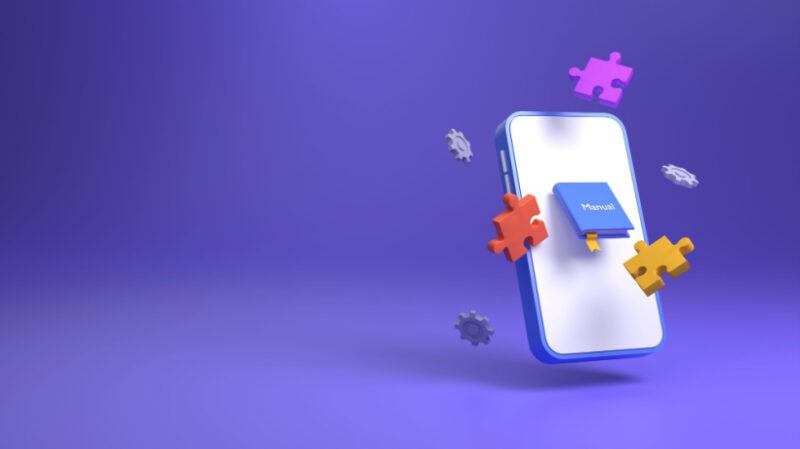
Create A Consistent Customer Onboarding Experience
You should never underestimate the importance of customer onboarding training. With more products and services being created, customers may need help using your product. That’s especially true if your product or service changes behavior and turns something hard to do into something easy.
The right customer onboarding best practices will ensure that your customers know how to use your product and are happy with it. And thanks to eLearning, you can automate this aspect of onboarding, saving your team time. Here, we will share a few customer onboarding best practices you can follow to make your customers your biggest fans.
How To Create An Automated Customer Onboarding Training With eLearning?
1. Immediately Welcome Customers And Show Them Around
The first thing you’ll want to do as part of your customer onboarding training is to welcome them and show them the basics of your product or service. This is the chance to get them acclimated to a new environment. At this stage, start with the basics; you don’t want to talk about anything advanced.
And how does eLearning fit in? You create a short eLearning course or module introducing customers to your product or service. This way, you automate the introduction instead of assigning someone on your team to do it manually. An added benefit is the ability to refer back to the onboarding videos at any point your customer may need to.
2. Give Customers Action Steps And Show Them How To Get Started
After that introduction, it’s time to give your customers action steps and help them actually get started with your product or service. Combine eLearning with automated emails for the best results. Those emails can include links to the eLearning as well as additional tips.
The great thing about combining emails and eLearning is that both can easily be automated.
3. Walk Them Through The Biggest Challenges
One essential part of the emails is that they should address the biggest challenges. This will give them solid action steps to take and prepare them for success. Customer onboarding best practices include mentioning the parts of the eLearning course that customers commonly struggle with. And give them tips for success or even a step-by-step guide.
Of course, the eLearning program should also walk your customers through the biggest challenges they will face when using your product or service. As with any other eLearning, customer onboarding training should always focus on the biggest challenge. That prevents bottlenecks and struggles for your learners as they use your product or service.
4. Provide Advanced Information
Once you have covered all of the other customer onboarding best practices, it’s time to turn to the more advanced information or tips for your product or service. Acknowledge that customers already know how your product or service addresses their biggest challenges. Then, show them some advanced functionalities that they may not be aware of. This is the time to highlight how your product goes above and beyond.
Once your eLearning achieves its basic goal of addressing the biggest challenges, these advanced features of your product or service will really attract customers. These are what will set you apart from the competition. You can also promote upgrades and upsell additional services while educating your advanced users. They already love and use your product, so it’s easier to turn them into your company’s raving fans.
5. Bonus Tip: Train Your Team
Now that you’ve created this comprehensive customer onboarding training, why not put it to good use by repurposing it for onboarding training for your company’s employees? After all, new hires also need to know how your service or product works to do their job correctly. By taking an entire journey your customers take, your team will better understand the issues and questions your customers may have and will be more equipped to assist them.
Conclusion
Among other ways to leverage eLearning for your business, you can automate the onboarding process to introduce your new customers to your products and services. Combine it with automated emails to show your customers how to use your product and guide them through the biggest challenges they may face. Once you cover the basics, use eLearning to highlight what sets your product or service apart from the rest.
